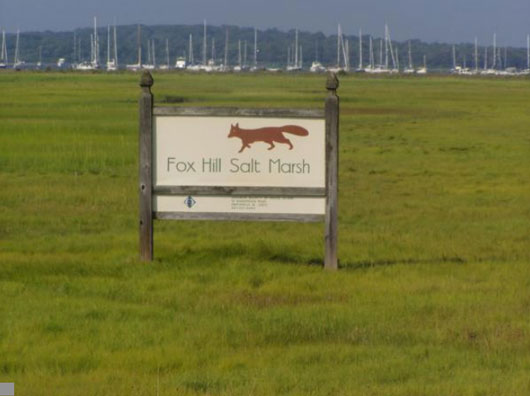My name is Jessica, I am a recent graduate of Brown University and I am from Mansfield, Massachusetts. My interests in science begin on the beaches of New England, especially those of Cape Cod. My primary interest in college was marine biology where I was able to focus my studies on jellyfish, corals and sea anemones. For me, starfish, crabs, jellyfish and other intertidal animals were very common on a typical day at the beach. I was the kid on the field trip who was off playing with a sea creature, wondering where it came from, how it was going to get back and why it behaved the way it did, while the rest of the group was eating their lunch on shore.

Mussel Collection Fox Hill Salt Marsh Jamestown, Rhode Island.
My interests changed when I was fortunate enough to work with scientist Serena Moseman-Valtierra at the University of Rhode Island where we measured how much greenhouse gas the salt marshes of Cape Cod and Narragansett Bay were producing. My love for sea creatures led me to wonder how much greenhouse gas organisms that live in the marshes produce, particularly the ribbed mussels, an abundant member of the marsh community. This particular research was important in establishing guidelines for those who live near salt marshes so that they know how to properly dispose of waste, which can accumulate in salt marshes and increase nutrient levels, and possibly the emission of greenhouse gases by the marsh. The research also helped to establish a better idea of how coastal salt marsh habitats contribute to the global production of greenhouse gases. For this reason, I feel it would be interesting to use the basic principles I learned working with professor Moseman-Valtierra in studying the wetlands of the Arctic this summer.
We have read a few papers about similar research that have helped us figure out what we will likely be doing during our trip. The one in which I have been most interested is about what controls methane emission from permafrost. Methane is an important greenhouse gas, much more powerful than carbon dioxide, and it is unclear how wetland organisms in the Arctic may affect it. The results of my research concerning methane emission by salt marsh organisms has been positive in many New England salt marshes; therefore, it would interesting to see if this is true in the Arctic. I am very excited to start this research and share all that I learn along the way.



